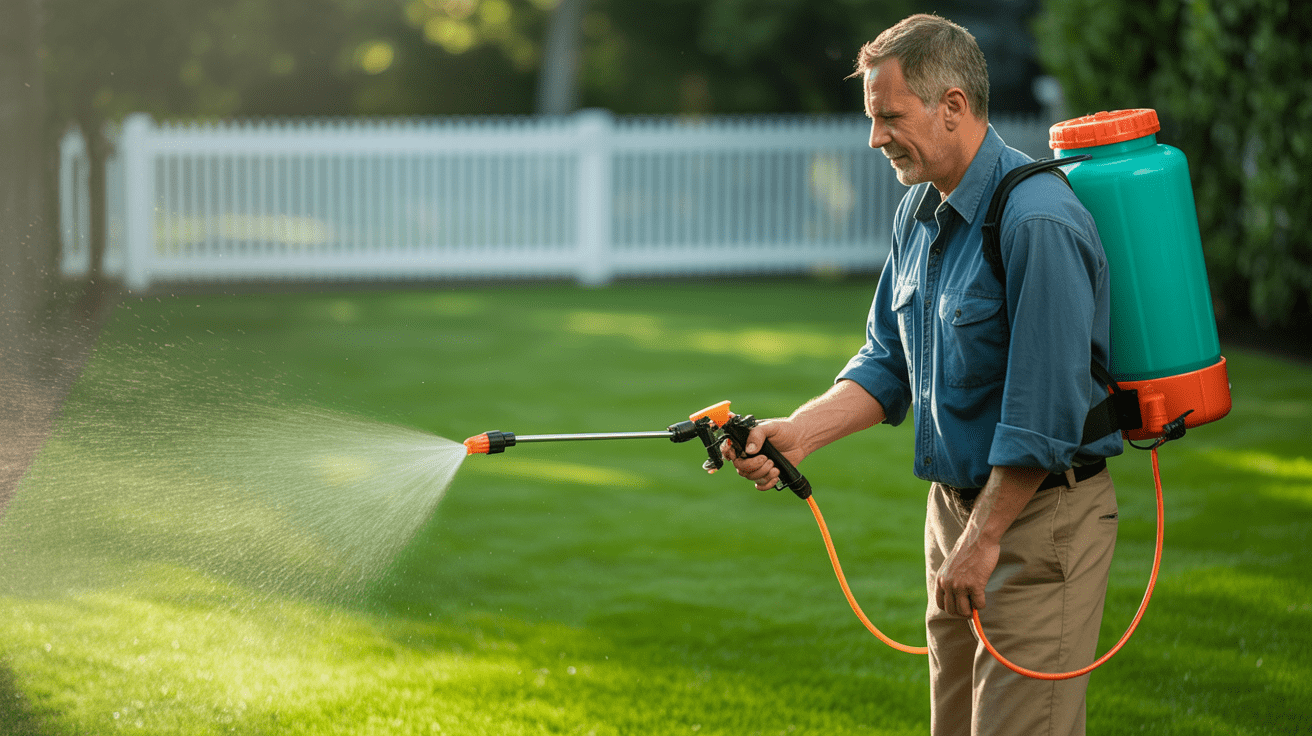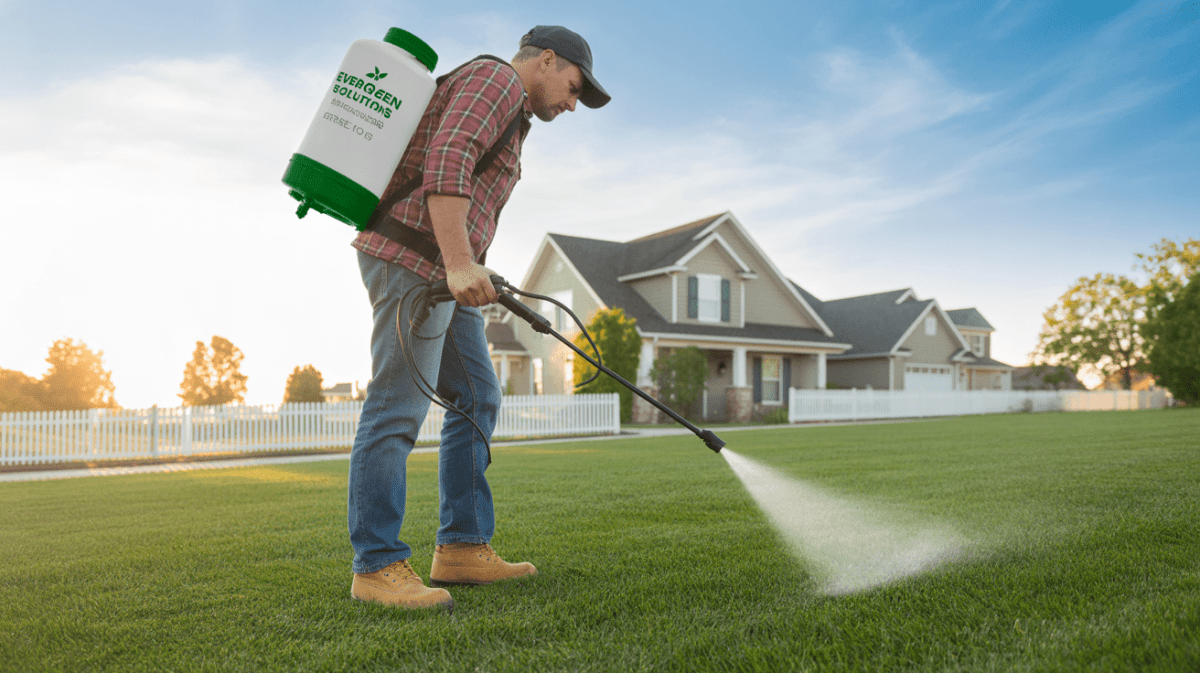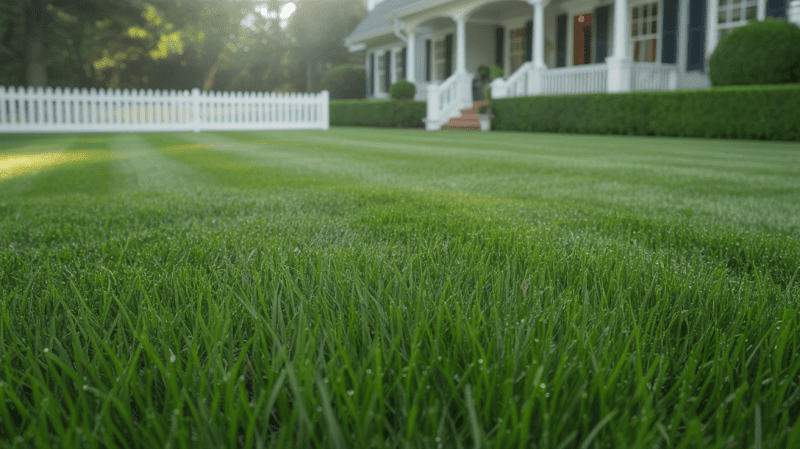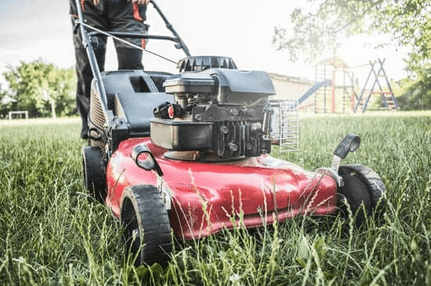Backpack Sprayer 101: Tips for Optimal Usage

Backpack sprayers are versatile tools used in many areas, like gardening, landscaping, and farming. It's key to use them well to get the best results and save resources. Plus, it's important to stay safe while using them.
Using a backpack sprayer correctly can really change how well your work turns out. Knowing how to set it up and use it is crucial. In this article, we'll go over the basics of backpack sprayer instructions. We'll also share some backpack sprayer tips to help you do better.
Key Takeaways
- Understand the importance of calibration for optimal sprayer performance.
- Learn proper techniques for operating a backpack sprayer.
- Discover tips for minimizing waste and ensuring safety.
- Discover the advantages of utilizing a backpack sprayer in various applications.
- Gain insights into maintaining your backpack sprayer for longevity.
Understanding Backpack Sprayers
It's important to know how backpack sprayers work and their different types. These sprayers make spraying easier and more efficient. But, their performance depends on the type and parts used.
Types of Backpack Sprayers: Manual vs. Battery-Powered
Backpack sprayers are mainly manual or battery-powered. Manual sprayers need you to pump and pressurize the tank by hand. They are cheaper and good for small to medium tasks. Battery-powered sprayers are more convenient and better for big areas or heavy tasks.
Key Components and Their Functions
A backpack sprayer has tanks, pumps, wands, and nozzles. Knowing what each part does is key to using it well.
Tanks, Pumps, and Wands
The tank holds the solution, and its size varies. The pump pressurizes the tank for spraying. The wand connects the nozzle to the pump, controlling the spray.
Nozzles and Their Applications
Nozzles shape the spray and droplet size. Different nozzles are designed for various tasks, such as wide coverage or precise spraying.
| Nozzle Type | Spray Pattern | Application |
|---|---|---|
| Flat Fan | Broad, flat pattern | Ideal for covering large areas |
| Hollow Cone | Narrow, cone-shaped pattern | Suitable for targeted spraying |
| Full Cone | Wide, cone-shaped pattern | Effective for uniform coverage |
Choosing the Right Sprayer for Your Needs
When picking a backpack sprayer, think about the area size, solution type, and portability. Knowing the types and parts helps you pick the right one for your needs.
How to Use a Backpack Sprayer Effectively

To use a backpack sprayer well, you need to prepare, use the right technique, and stay safe. It's important to follow a step-by-step guide for the best results.
Pre-Operation Checklist
Before you start, inspect the sprayer for damage and ensure everything is secure and tight. Also, make sure the nozzle is clean and works properly. A well-maintained sprayer is key for safe and effective use.
Mixing Solutions Safely and Accurately
Mixing the right solution is crucial for good results. There are two main steps:
Measuring Concentrates
It's essential to measure concentrates accurately to prevent using too little or too much. Always check the label for the right mix ratio and use a measuring cup or scale for accuracy.
Proper Dilution Techniques
After measuring, mix the concentrate with water as directed. Mix in a well-ventilated area and wear protective gear to avoid chemical exposure.
Step-by-Step Operation Guide
Using a backpack sprayer involves several steps:
Filling the Tank
Fill the tank with the mixed solution, but don't overfill it. Leave some space for pressurization.
Pressurizing the System
Follow the manufacturer's instructions to pressurize the system. This step is important for a steady spray.
Proper Spraying Techniques
Hold the wand at the right angle and keep a steady distance from the area you're spraying. Move the wand in a smooth, back-and-forth motion for even coverage.
"The key to effective spraying is maintaining a consistent technique and adjusting as needed based on the terrain and target area."
Safety Precautions During Application
Stay safe while spraying. Wear gloves, goggles, and a mask to protect yourself. Be careful not to spray non-target areas or people. Follow the product's safety instructions and take breaks to avoid getting tired.
Maintenance and Care for Optimal Performance
To keep your backpack sprayer working well, regular maintenance is key. Taking good care of it not only makes it last longer but also helps it work better.
Post-Use Cleaning Procedures
Cleaning your backpack sprayer after each use is crucial. It stops clogs and corrosion. Here are the important steps:
Flushing the System
Flush the sprayer with clean water after use. This removes leftover chemicals. It also stops corrosion and keeps the system clear.
Cleaning Nozzles and Filters
Nozzles and filters can get clogged. Check and clean them often. Use a soft brush or a tool to remove debris. Keeping nozzles clean is key for precise application.
Experts say, "Regular maintenance is not just a suggestion; it's a must for the best performance."
"A well-maintained sprayer is more efficient, safer to use, and lasts longer."
Calibration Techniques for Accuracy
Calibration is vital for the right chemical or water application. Here's how to do it:
- Measure the area to be sprayed.
- Check the sprayer's output.
- Adjust the nozzle or pressure as needed for the right application rate.
| Calibration Step | Description | Importance |
|---|---|---|
| 1. Measure Area | Accurately measure the area to be sprayed. | Ensures correct application rate. |
| 2. Check Output | Verify the sprayer's output. | Helps in adjusting the application rate. |
| 3. Adjust Nozzle/Pressure | Adjust as necessary. | Ensures accurate application. |
Seasonal Storage Guidelines
When the spraying season ends, proper storage is crucial. Clean the sprayer well and store it in a dry, safe place. Good storage can make your equipment last longer.
Troubleshooting Common Backpack Sprayer Issues

Knowing how to fix your backpack sprayer is key to keeping it working well. You might face problems like pressure issues, leaks, or clogs. The first step is to figure out what's wrong.
Pressure Problems and Solutions
Pressure issues are common. You might have too much or too little pressure. Check the pump for blockages or wear. Make sure the pressure relief valve works right, as a bad valve can cause uneven pressure.
Fixing Leaks and Clogs
Leaks and clogs are also common. Inspect the tank, hose, and nozzle for damage or blockages. Cleaning or replacing these parts can fix the problem. Regular maintenance, such as checking and cleaning the filter, helps prevent clogs.
When to Replace Parts vs. Buy New
Deciding to fix or replace your sprayer depends on the cost and extent of the repairs. If fixing it would cost more than half of a new sprayer, it's better to get a new one. Additionally, if your sprayer is old or has been heavily used, it may be time for a replacement.
| Issue | Possible Cause | Solution |
|---|---|---|
| Pressure Problems | Blockages, a worn-out pump, and a faulty pressure relief valve | Check and clean the pump, replace if necessary; inspect and adjust or replace the pressure relief valve |
| Leaks and Clogs | Damage to tank, hose, or nozzle; clogged filter | Inspect and repair or replace damaged parts; clean or replace the filter |
| Sprayer Not Working | Old or worn-out parts, extensive damage | Consider replacing the sprayer if repair costs are high |
Conclusion
Using a backpack sprayer well is key for good results in many areas, like farming, gardening, and pest control. By following the tips in this article, you can optimize your sprayer's performance and ensure your safety.
Keeping your sprayer in good condition and setting it up correctly is vital. It helps your sprayer last longer and work more accurately. By following backpack sprayer best practices, you can cut down on waste, help the environment, and get better results from your spraying.
This article has been a detailed guide on backpack sprayers. It covers the important parts, how to use it, and how to take care of it. By mastering the backpack sprayer and sticking to the guidelines, you can spray efficiently and safely. This will help you get the results you want in your work.
FAQ
Q: What is the best way to clean my backpack sprayer after use?
A: To clean your backpack sprayer, start by flushing it with water. Then, run a cleaning solution through it. Don't forget to clean the nozzles and filters well. This helps avoid clogs and keeps your sprayer working great.
Q: How do I mix solutions safely and accurately in my backpack sprayer?
A: When mixing solutions, always follow the instructions for the right dilution ratio. Wear gloves and goggles for safety. Mix the solution in a place with good air flow.
Q: What are the most common issues with backpack sprayers, and how can I troubleshoot them?
A: Common problems include pressure issues, leaks, and clogs. Check the pump, hoses, and nozzles for damage or blockages. Replace any damaged parts to fix these issues.
Q: How often should I calibrate my backpack sprayer?
A: Calibrate your backpack sprayer regularly if you're doing precise work. Check the manufacturer's instructions for calibration details and frequency.
Q: Can I use any nozzle with my backpack sprayer?
A: No, you need the right nozzle for your job. Different nozzles create different spray patterns and droplet sizes. Pick the one that fits your needs best.
Q: How do I store my backpack sprayer during the off-season?
A: To store your backpack sprayer, first drain the tank and clean the system. Dry it well. Backpplease ack Sprayer 101: Tips for Optimal Usage
Q: What safety precautions should I take when using a backpack sprayer?
Q: How can I prevent leaks and clogs in my backpack sprayer?



